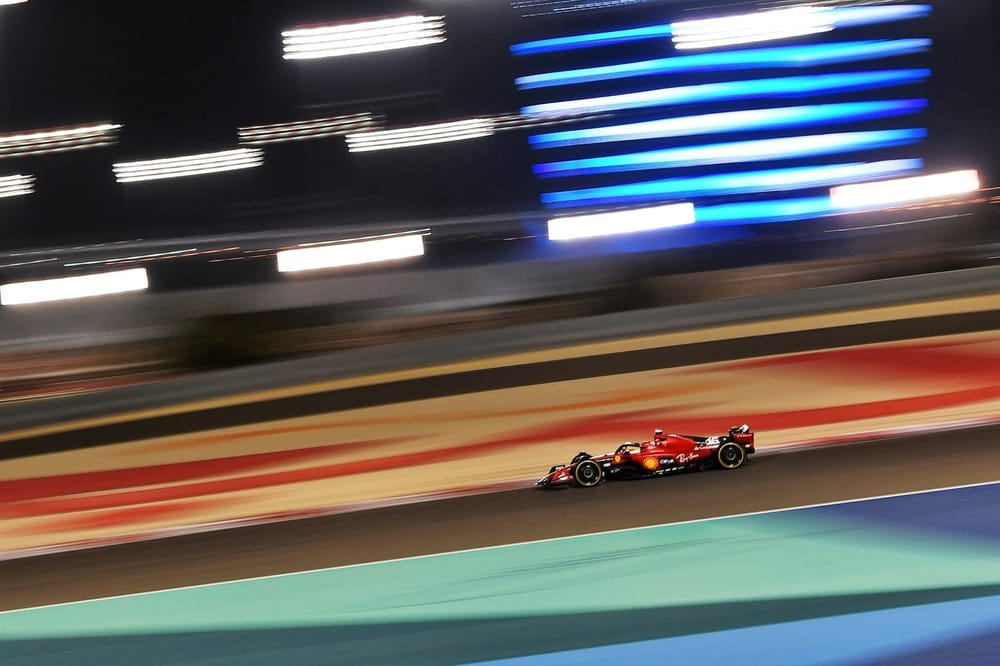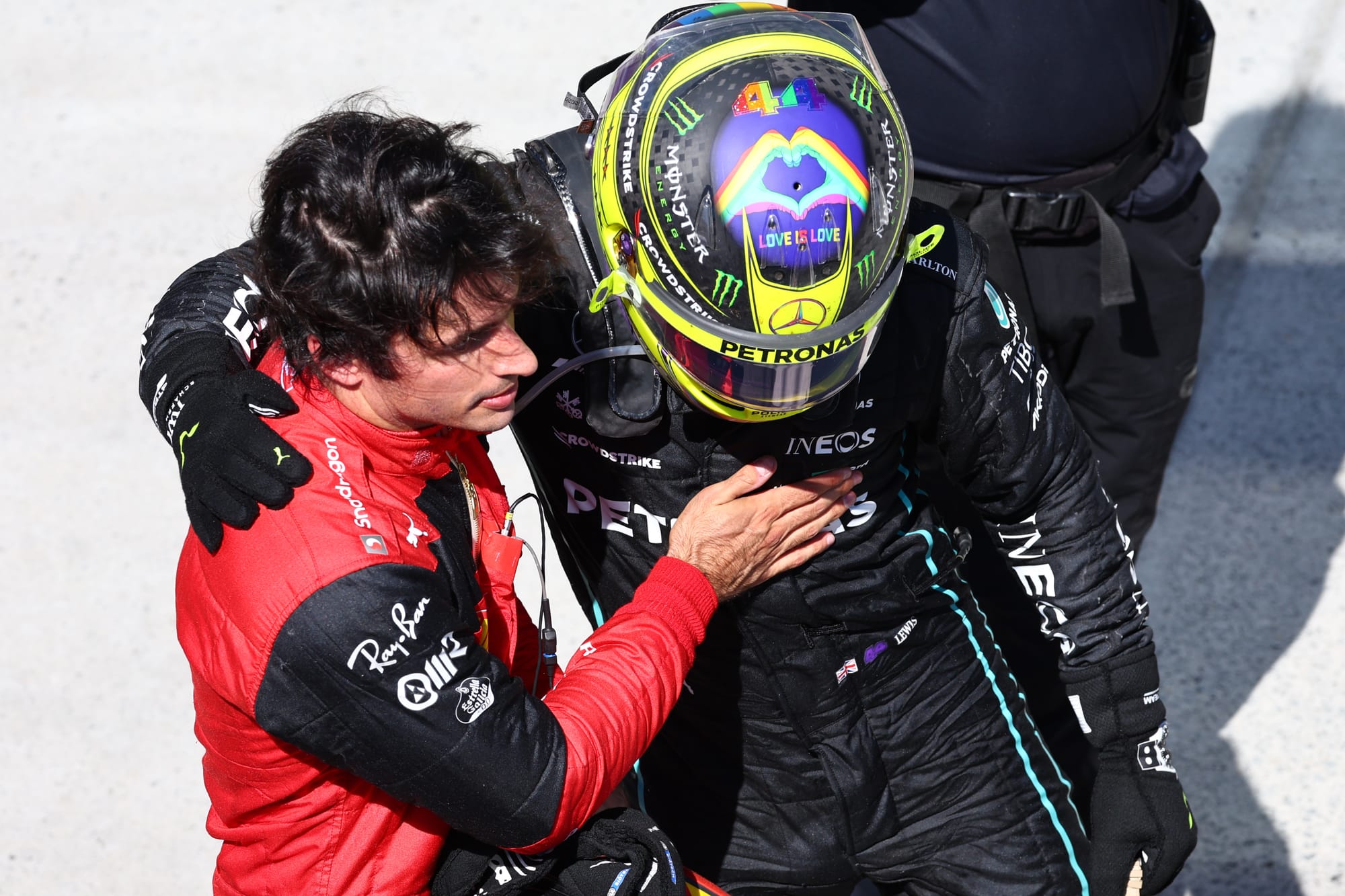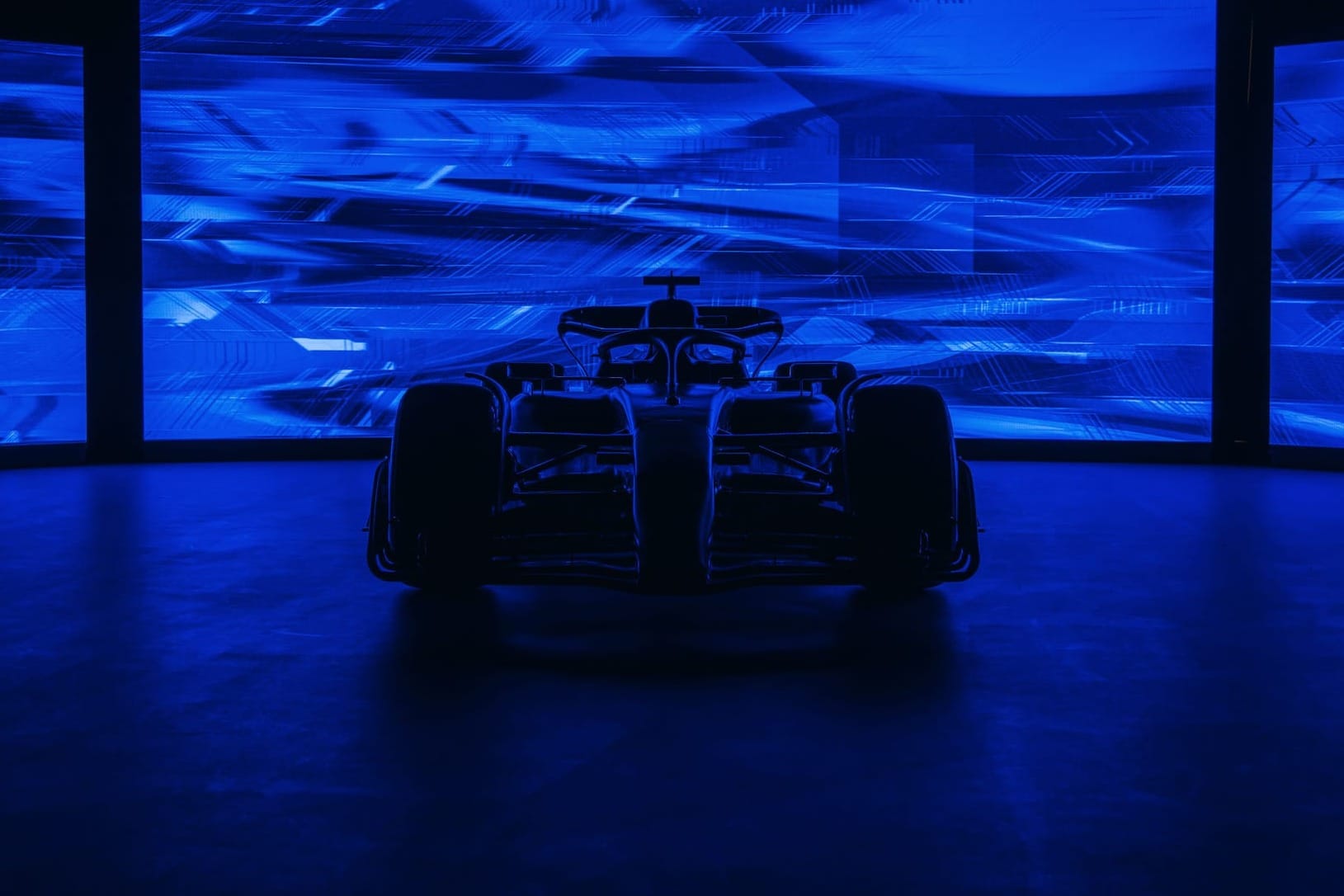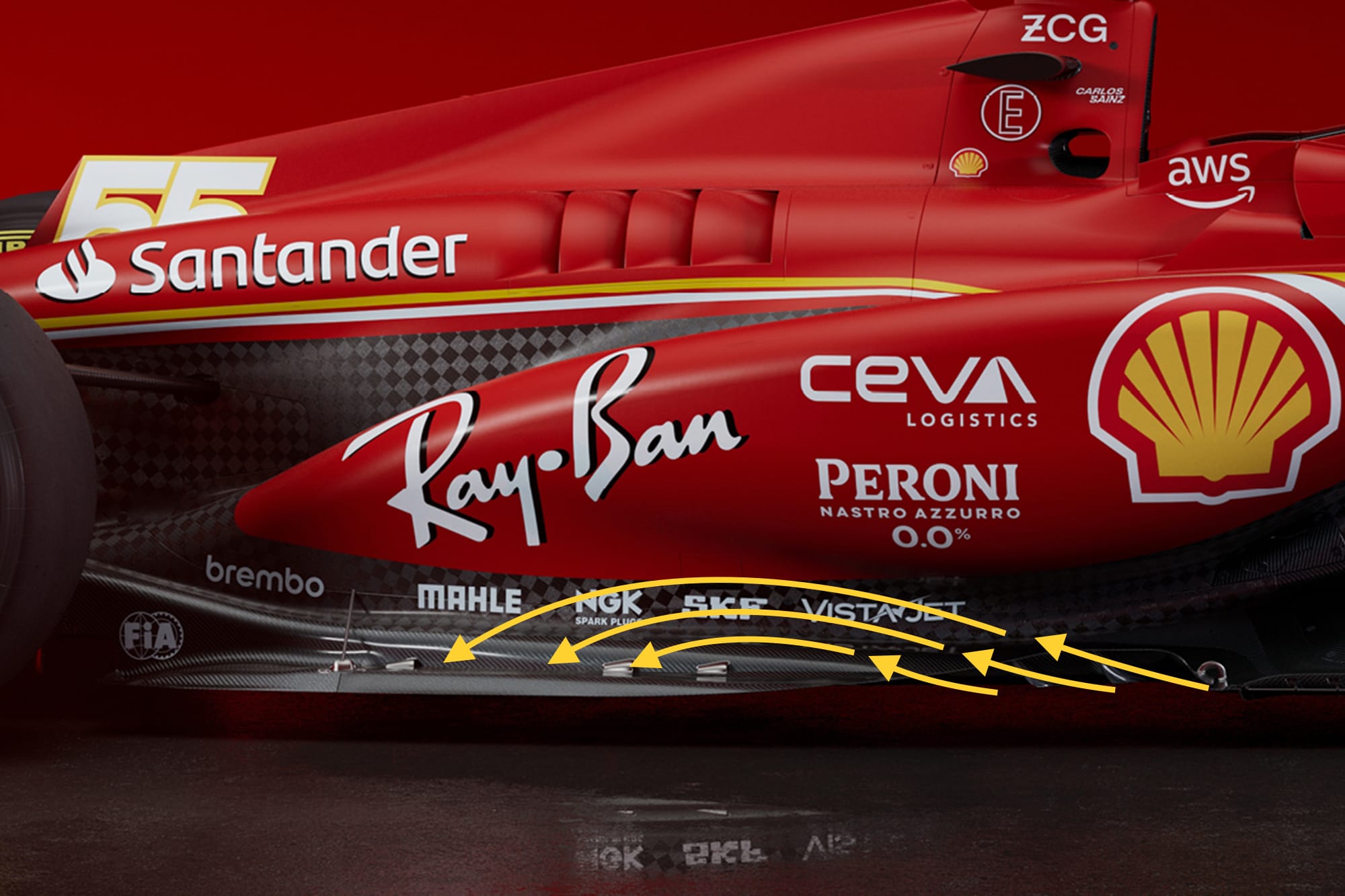Up Next

Some big questions will finally be answered during Formula 1 pre-season testing when it kicks off on Wednesday.
Despite there being only three days of testing in Bahrain, the key storylines of the upcoming season will begin to emerge both on and off track.
There are sure to be some surprises, but now that all 10 teams have held at least some kind of launch event we already have a good idea of where to look for the headlines.
We’ve picked out the 10 things to watch out for in the test.
Is Red Bull for real?
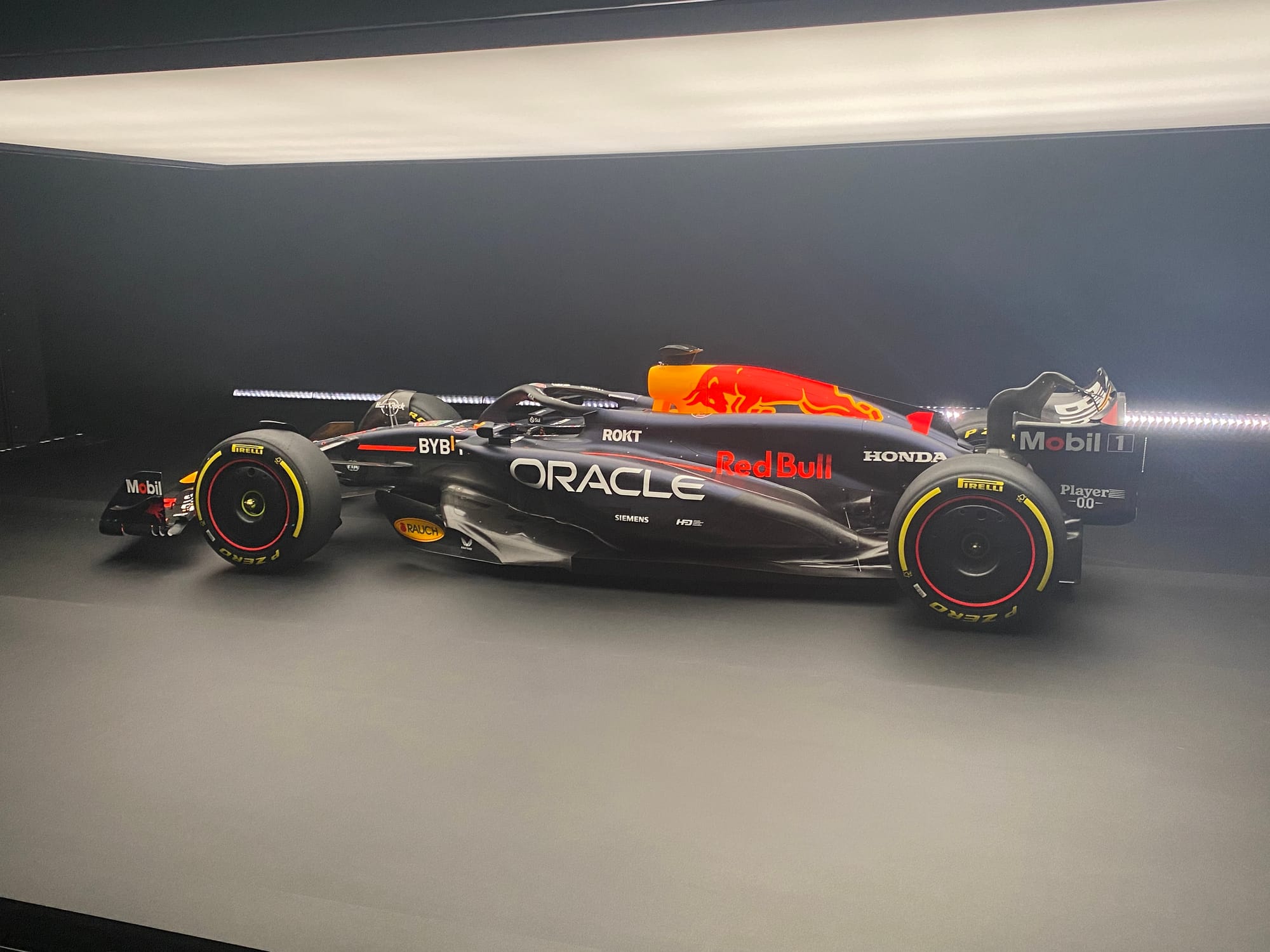
When the Red Bull RB20 broke cover, there was widespread surprise. A car characterised as an evolution of the all-conquering 2023 RB19 looked markedly different.
The question is, will it look like that come testing?
Details such as the floor edge, and the diffuser that was blanked off at the launch, will obviously be different compared to the launch car.
The team’s chief engineer Paul Monaghan had said the RB20 would be “an evolution of the current car” in November last year.
But given the widespread surprise at the switch to sidepod inlets and shoulder cannons that move closer to what Mercedes had last year, which Mercedes has since moved away from, it’s only natural to ask if Red Bull is for real with what team principal Christian Horner describes as “not a conservative evolution”.
The team is adamant that the launch car was largely as it will be in Bahrain. That raises the next question of whether Red Bull has changed the game yet again. And if so, how big a hit will the hopes of its rivals take?
Testing will begin to give us the answers.
Is Aston Martin back in the mix?
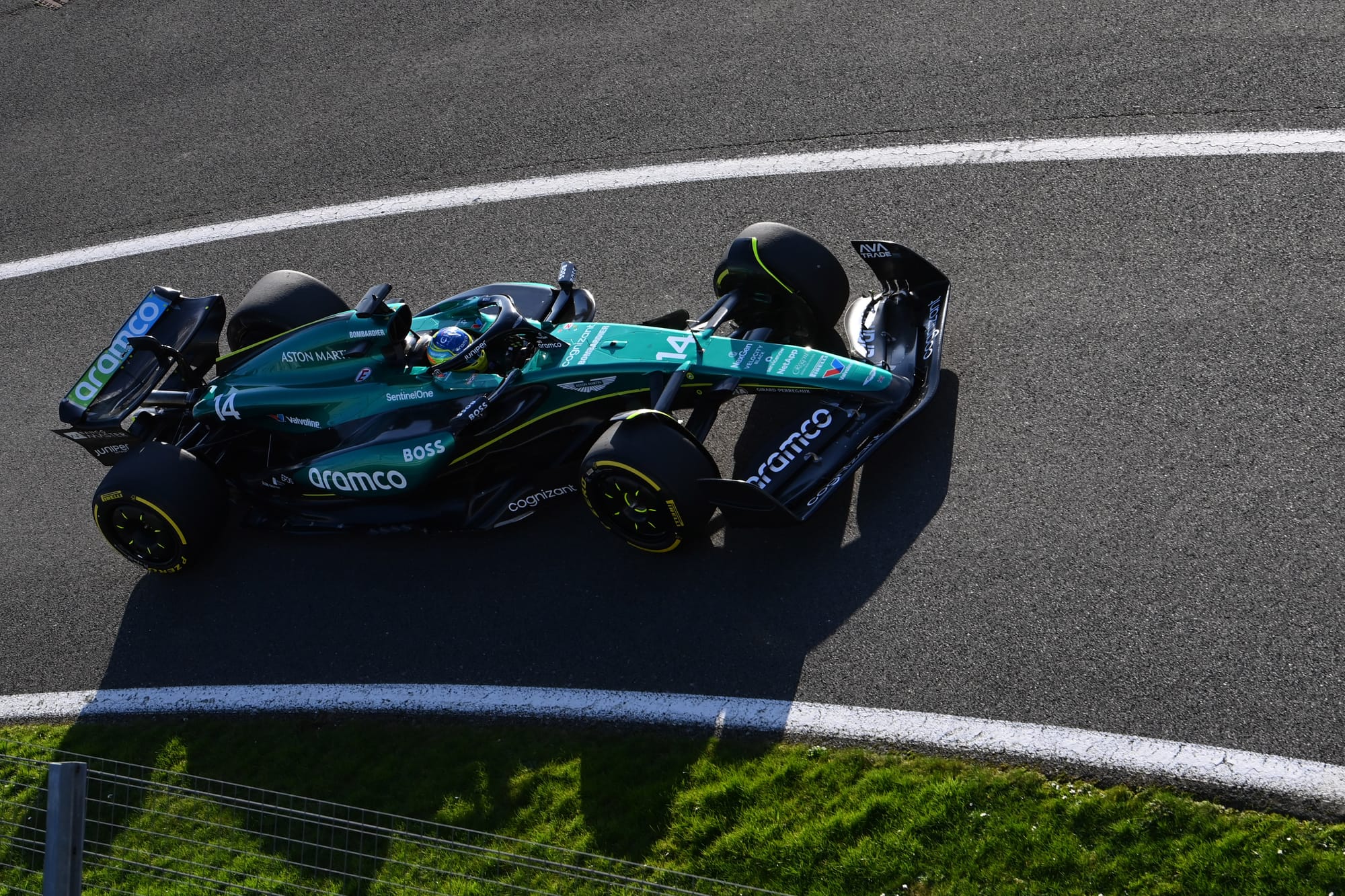
The Aston Martin AMR24 certainly looks the part. But only once it’s running up against the rest will there be evidence of whether or not the Silverstone-based team will recapture its early-season form of 2023.
Technical director Dan Fallows proved the team’s ambitions are high, saying that he sees Red Bull as beatable and that’s what Aston Martin is chasing.
The trouble is, Aston Martin was bullish about being able to close the gap to Red Bull during last season. But after its remarkable start, with six podium finishes for Fernando Alonso in the first eight races, its form dropped off.
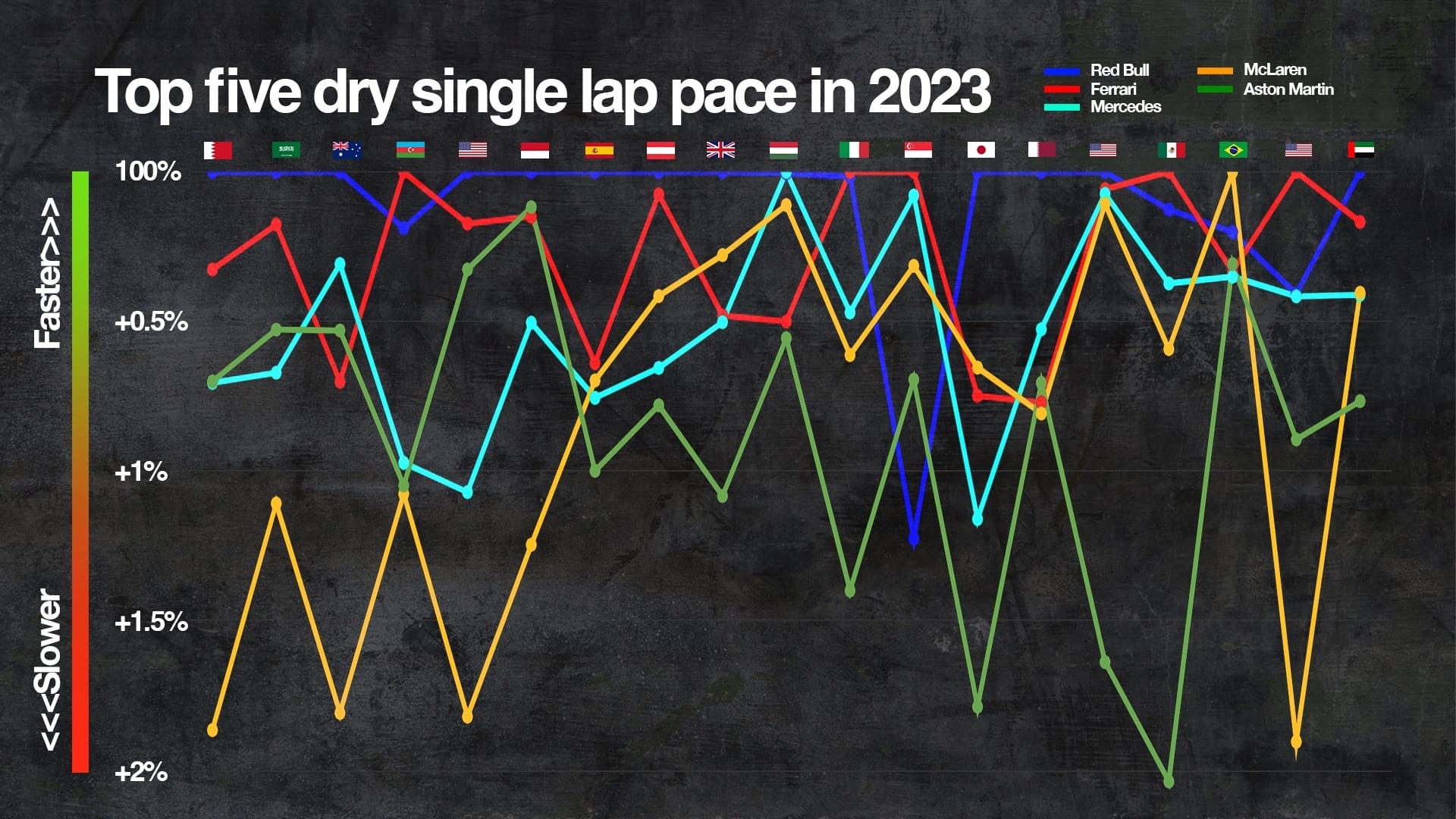
The question is whether it really understood why the upgrades during the season didn’t always work as hoped.
Testing pace, and whether the car behaves as expected, will tell us whether Aston Martin is going to be back on form, or consigned to marking time trundling round with the likes of Alpine in the mid-pack.
Is Haas doomed?
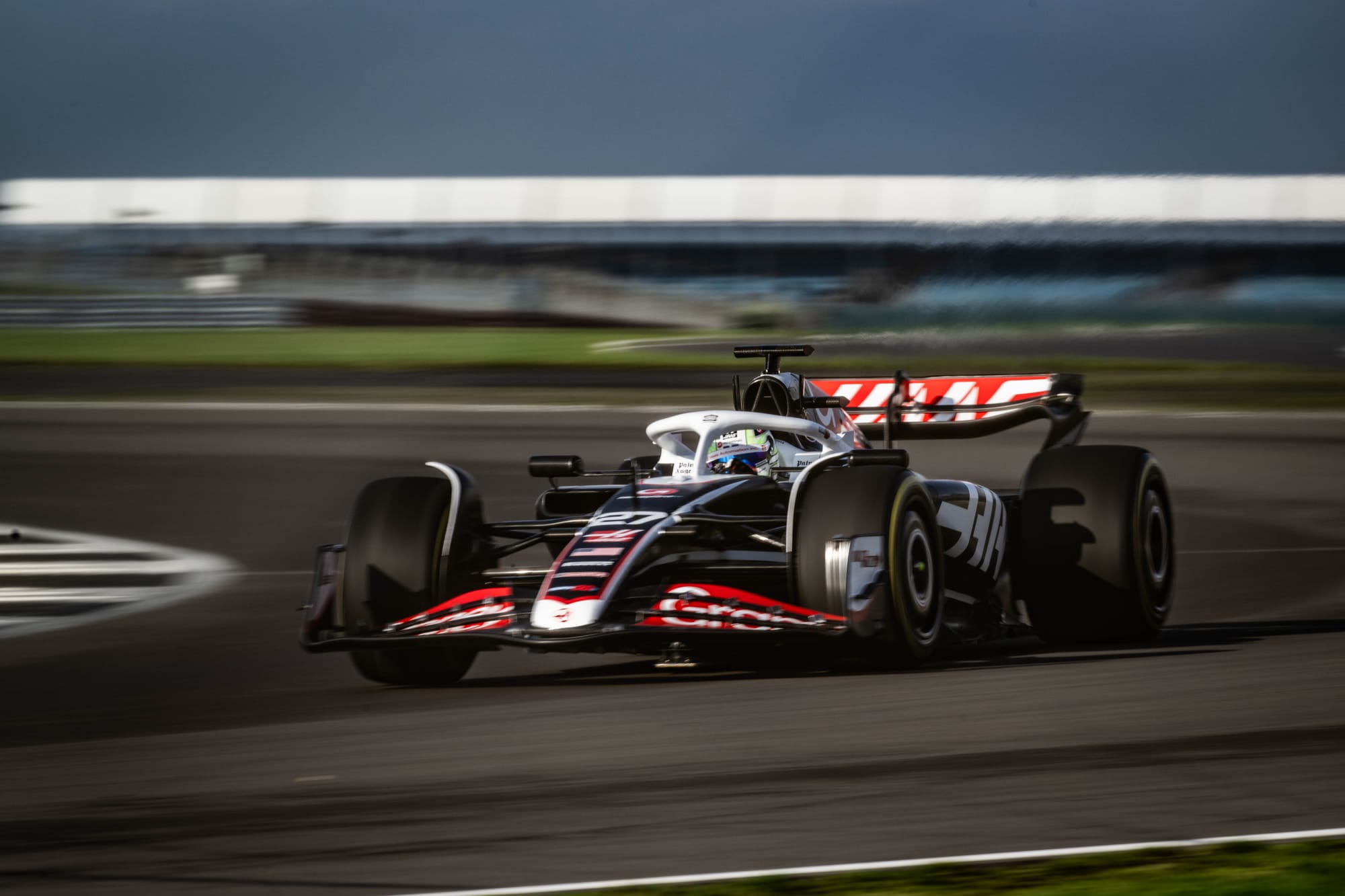
Low expectations are the name of the game for Haas this year. But if the VF-24 really is 2024's slowest car, just how far off the rest of the pack is it?
New team boss Ayao Komatsu says Haas's testing programme will be "completely focused" on generating the relevant data to gauge to what extent the VF-24 has retained its predecessor's tyre-chewing weakness.
Haas typically starts a season strongly and then fades away as the development race ramps up, but this year, as Kevin Magnussen put it, "expectations are low to begin with but high for the season as a whole”.
That's because the team spent so much time on its major United States Grand Prix upgrade last year, a development that didn't exactly make Haas any kinder on its tyres but left Haas with less time to dedicate to its actual 2024 challenger.
Bahrain testing will give us the first clue of just how compromised the VF-24's development has been and whether Haas is any closer to finally eliminating its Achilles' heel.
What's the extent of McLaren's post-launch update?
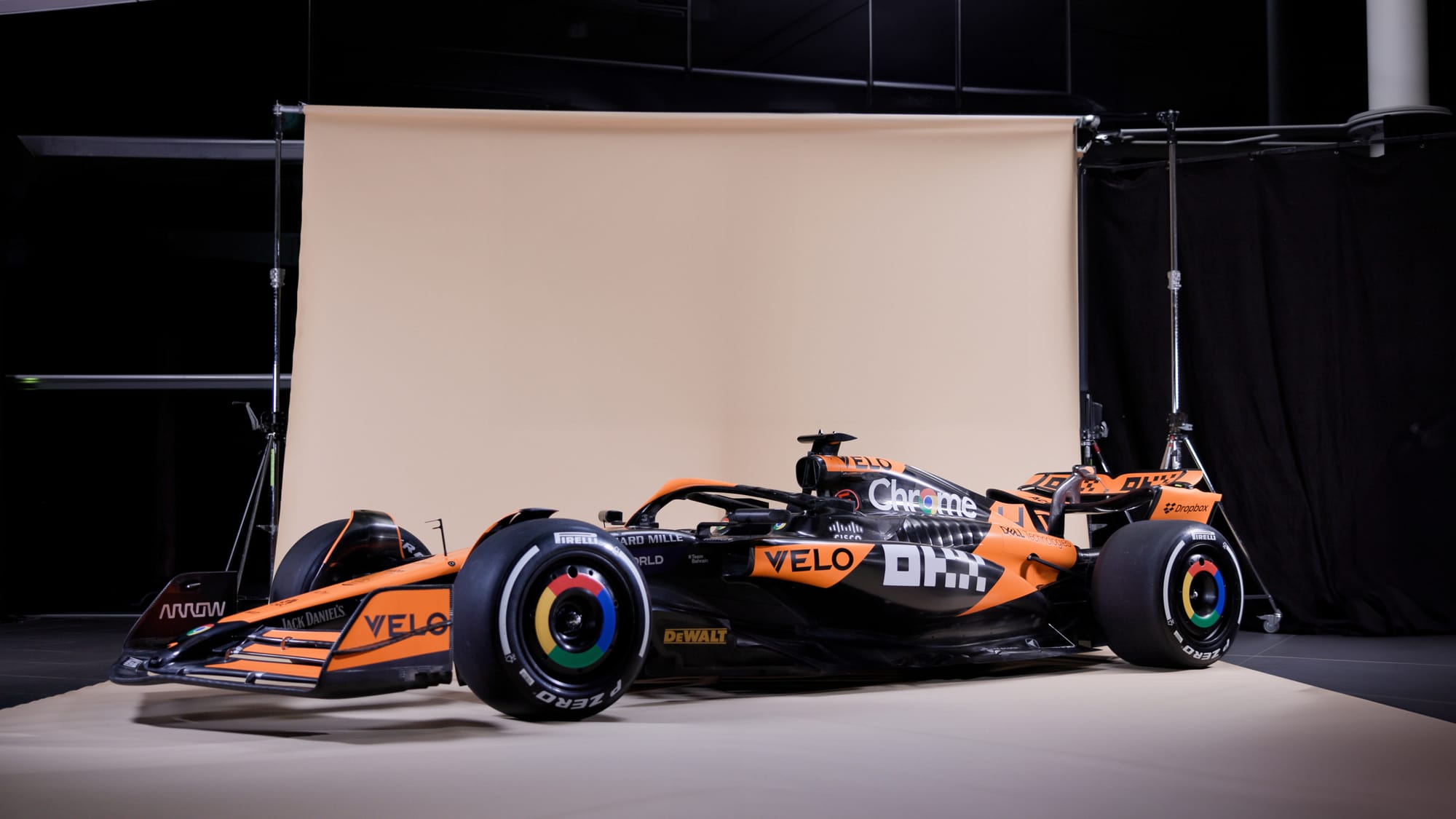
One of the most fun things about testing is filling in the blanks between what teams showed in their launches and what is real. And arguably no team has more blanks to fill in than McLaren. It has been deliberately secretive.
There was a concerted effort to limit the number of images and hide parts of the car at launch. The new side impact structure wing and sidepod arrangement, the front suspension and central section of the underfloor, the floor edges - all have been covered up in some way.
As Lando Norris pointed out, why would you want to give away more than you have to?
We have a sneaking suspicion McLaren might not have been hiding that much, though.
We’ve seen McLaren photoshop floor edges and disguise bargeboards before, and when it’s revealed it turns out to be… a floor edge, or a bargeboard arrangement. It’s not nothing, and it’s not basic, but it’s just more or less what you’d expect it to be.
Has McLaren been leading us on, misdirecting us, over something quite minor? Is it a distraction technique to take attention from another area of the car it is more proud of? Or is there genuinely going to be a wow moment when the car is seen properly for the first time?
The key question is: what has McLaren gone to such lengths to hide?
How are things between Mercedes and Hamilton?
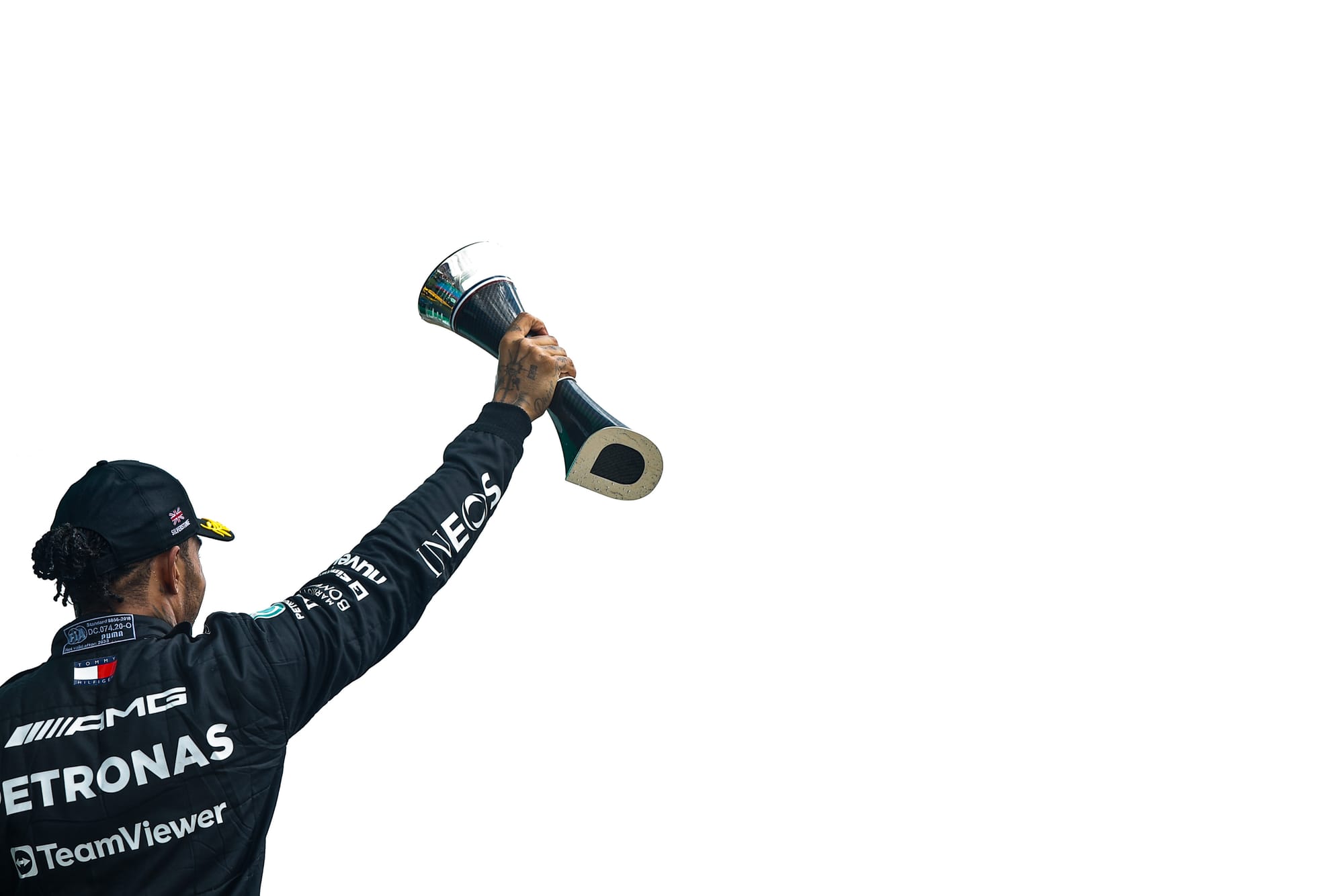
We’ve barely seen or heard from Mercedes and Lewis Hamilton since the news broke of his shock decision to join Ferrari in 2025. But their farewell season will play out in full view of everyone soon enough - starting with pre-season testing.
There’s curiosity over how things will work between the two sides as the year develops. Hamilton will have an idea of how competitive his final Mercedes is by the end of the test. If it’s not all he hopes it will be, and he’s heading for the exit door, how might that affect how he or his team handle the situation?
What they say and how they act will almost certainly not be far removed from what was shown in their brief launch: that Hamilton’s super-motivated and determined to end on a high, and that Mercedes is committed to both drivers this year - that sort of thing.
Of more interest is arguably the chance to probe Mercedes and Hamilton a bit more on how it came to this. When did Hamilton make his mind up? What was the turning point? We know why Ferrari would appeal - but why does it suddenly appeal more than Mercedes? And why did Mercedes team boss Toto Wolff find out so late - on the Wednesday morning before the Thursday evening announcement?
Bahrain will be the first chance we’ve had to quiz Hamilton directly about his Ferrari move.
Will the late Williams gamble pay off?
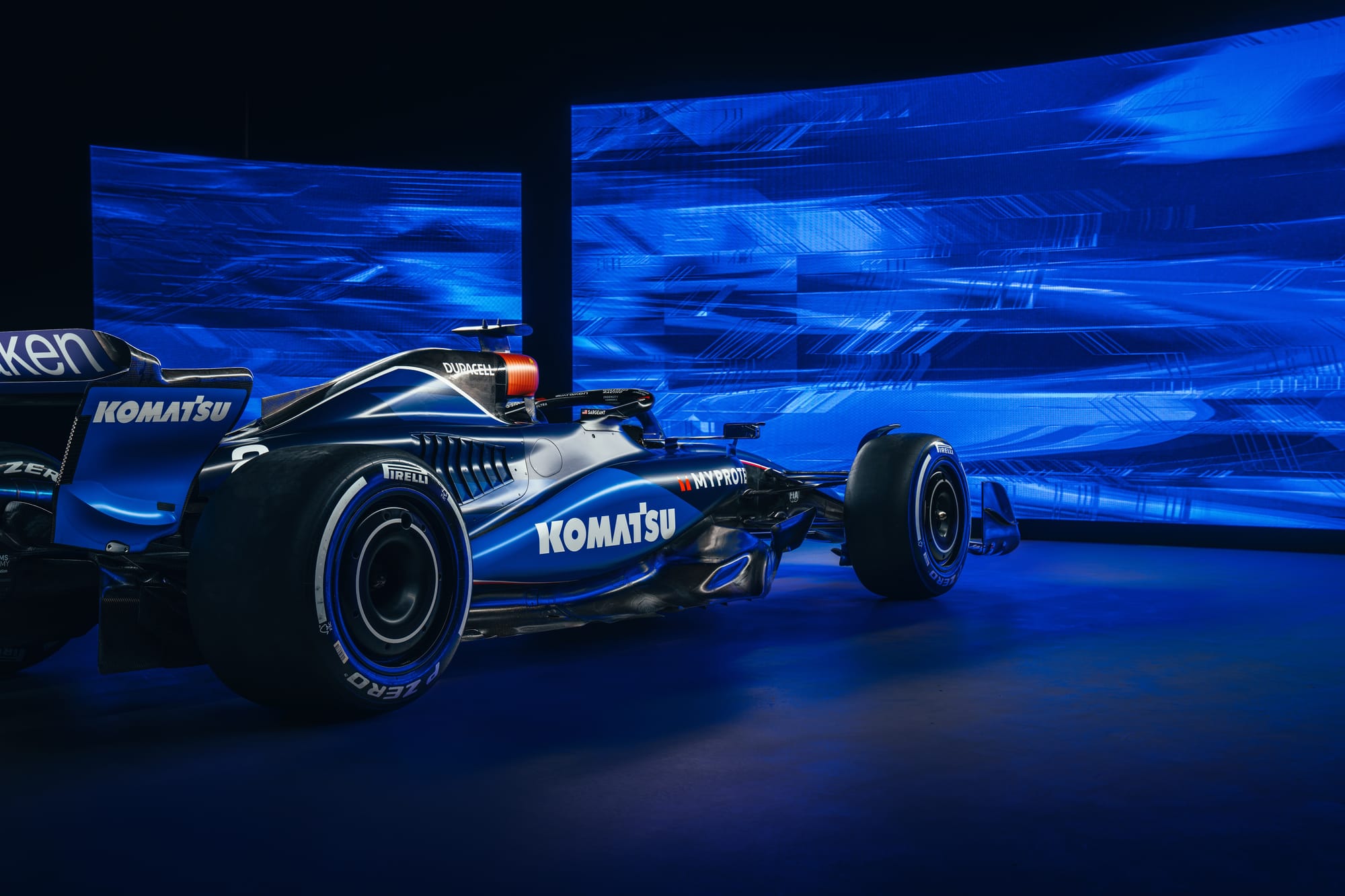
The Williams FW46 is the one car that we didn’t see even a glimpse of during the launches.
The FW46 rolls out in Bahrain 🤩🇧🇭 pic.twitter.com/VTxA0ytMWT
— Williams Racing (@WilliamsRacing) February 20, 2024
The car is being shaken down in a filming day in Bahrain on Tuesday, the day before testing starts - and there’s a good reason for it being so late to run. It’s thanks to Williams conceiving a car that’s expected to be quite different in concept to the one raced over the past two years.
Williams team boss James Vowles has encouraged his technical team to push aggressively in the design of the car. And he’s willing to carry the can if anything goes wrong. As he put it, “the weight of failure rests on my shoulders”.
The hope is the result will be a car with greater development potential, more downforce, less of a tendency to suffer from front-wheel locking and that's less sensitive to the wind.
If that approach and the late start works, it could be good news for Williams. But inevitably, the late appearance of a car always raises questions about whether things have been a bit...well, rushed. The car’s performance in testing will show where Williams really is.
Has Ferrari missed a trick?
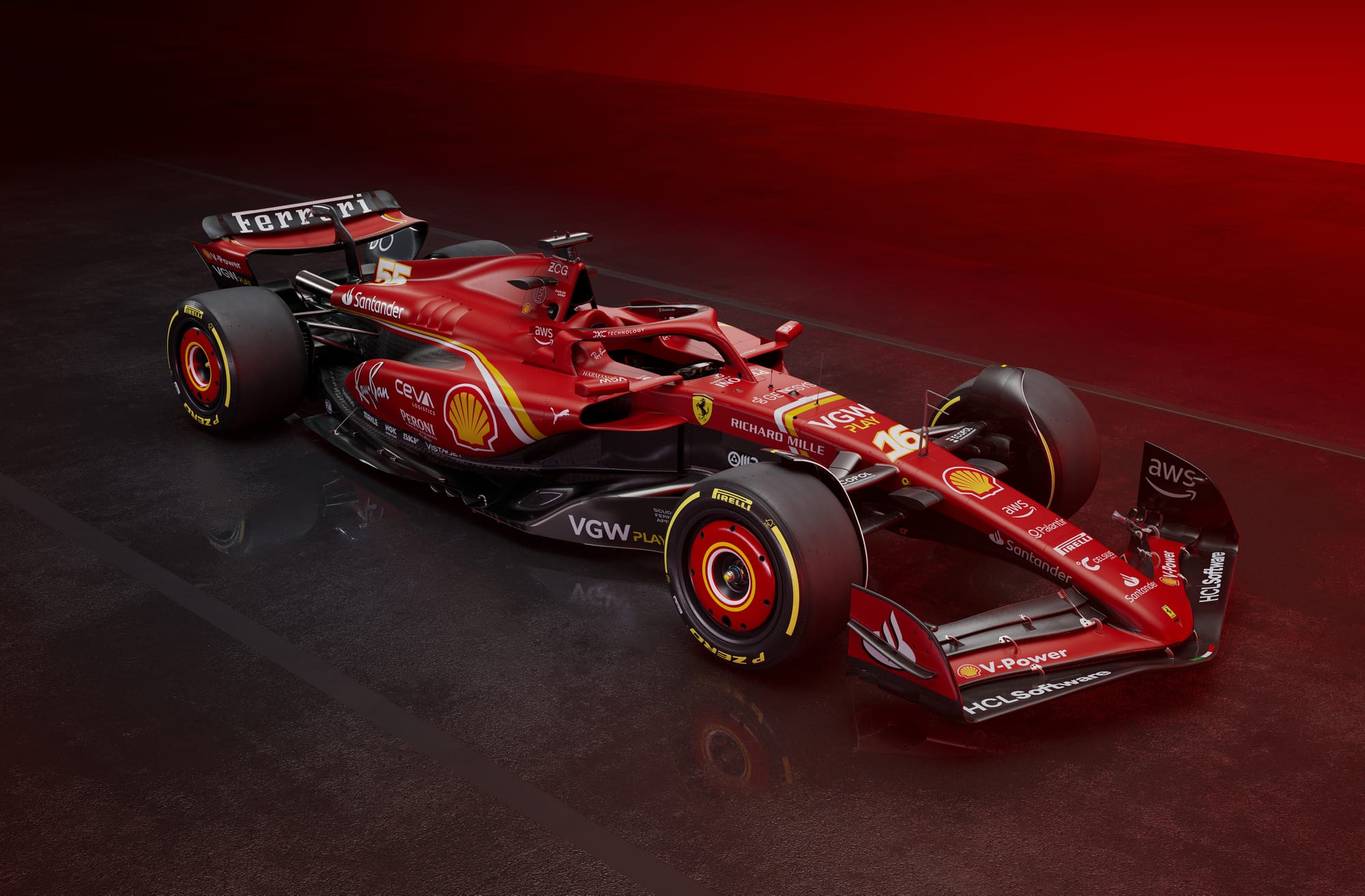
It’s difficult to feel fully confident about Ferrari. Pre-season testing will give us the first clues as to whether that lack of confidence is misplaced or justified.
The team talks about prioritising driver feedback and putting Charles Leclerc and Carlos Sainz front and centre of making this car less evil to drive after problems with it being peaky and unstable last year.
But within that development direction appears to be a concerning element of conservatism - there’s nothing particularly cutting-edge about this car. As our resident ex-F1 technical director Gary Anderson says: “I don’t think I’m seeing a lot of innovation that will take Ferrari to the top.”
Looking at the SF-24 from a glass-half-full perspective, let's assume Ferrari's mechanical platform - fundamentally different as it has stuck with pullrod rear suspension while others have moved to pushrod - is not the wrong choice.
If Ferrari has added to its low-speed strengths - basically good traction and ride-quality - with better and more stable aerodynamics at the rear, what's stopping this team adding proper race pace to the obvious qualifying prowess?
That will be the hope. But pushrod rear suspension is now favoured by all of Ferrari's rivals, specifically because of the aerodynamic benefits.
Soon enough, we’ll find out if Ferrari is missing a trick here.
Has Mercedes got it right (and is that front wing legal)?
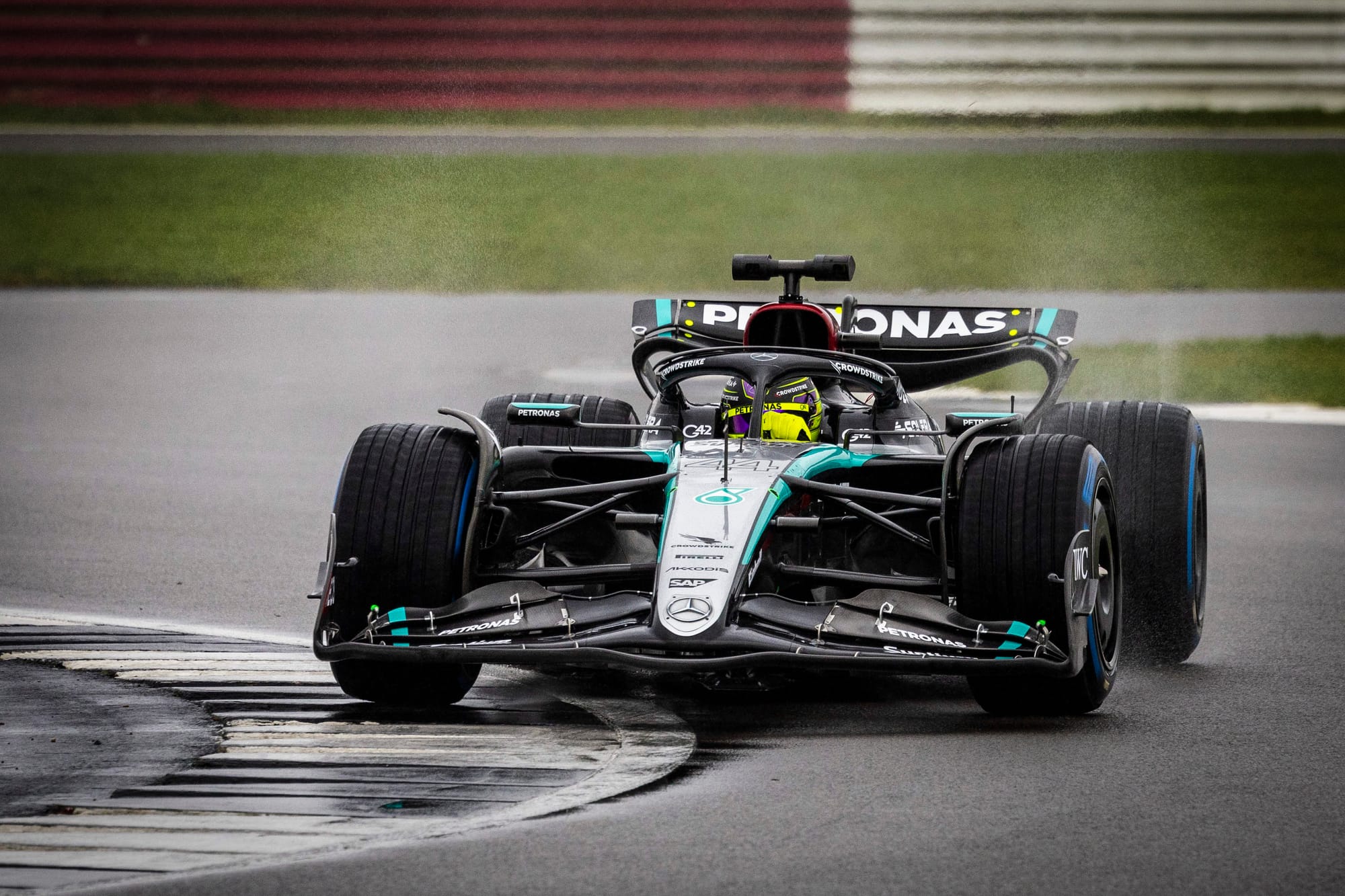
Having gone for what Toto Wolff called a “complete overhaul” of its car for 2024, there will naturally be a lot of focus on the Mercedes W15 and whether it’s actually any good.
Mercedes’ new pushrod rear suspension configuration will be a first-order test item - but, of the more visible aero-surface changes, so will that unusual-looking front wing.
And there could be questions raised about its legality, too. It’s an extreme design that appears to have removed a big chunk of the inside of the final flap in an effort to get cleaner airflow to the front of the chassis.
F1’s rules say front wing elements must be between 5 and 15 millimetres apart when they come together at their closest point, and that the rearmost part of each element (except the one furthest back) “must not be visible when viewed from above”.
This effectively means the different elements of a front wing should look like a set of stairs going down, the steps overlapping each other when viewed from above.
Mercedes appears to have satisfied these rules by connecting the narrowed fourth front wing element to the nose via a small piece of bodywork or wire.
So do rival teams think that's legal, and will the FIA look to change the regulations to prevent this design being used in the future?
What’s more, does it actually work?
How fast is the 'Red Bull clone'?
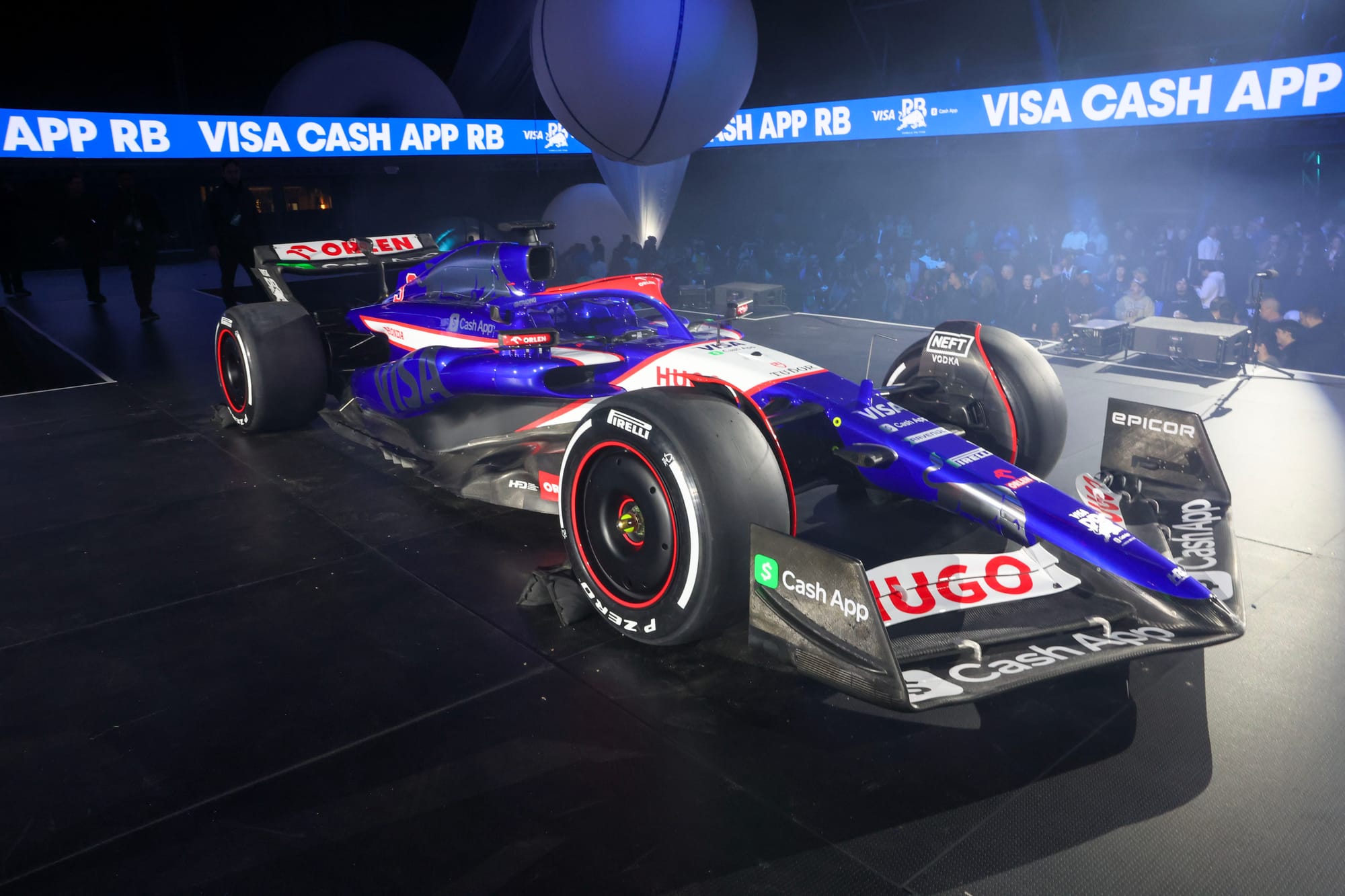
What we've already dubbed 2024's most controversial F1 car will get plenty more attention in Bahrain.
The first car produced under the rebranded RB team name - previously AlphaTauri - has a clear resemblance to Red Bull's all-conquering RB19 and marks the closest collaboration between Red Bull's two F1 teams for well over a decade.
The terribly named VCARB-01 has taken the pullrod front suspension used by the RB19 alongside the gearbox and pushrod rear suspension.
This should unlock more performance potential for RB, which in its AlphaTauri guise already made significant progress with a series of upgrades in the second half of 2023.
If it can extract the theoretical gains of running Red Bull's suspension in terms of platform control and aerodynamic consistency, then the team could make a significant step.
But if what some will see as a 'Red Bull clone' performs strongly in testing it's bound to draw the ire of its rivals. Not least McLaren boss Zak Brown - who has repeatedly expressed his disapproval of Red Bull owning two teams and has called for the FIA to intervene.
The faster the car, the bigger the controversy. That’s why RB’s testing pace will be watched very closely.
The Horner situation
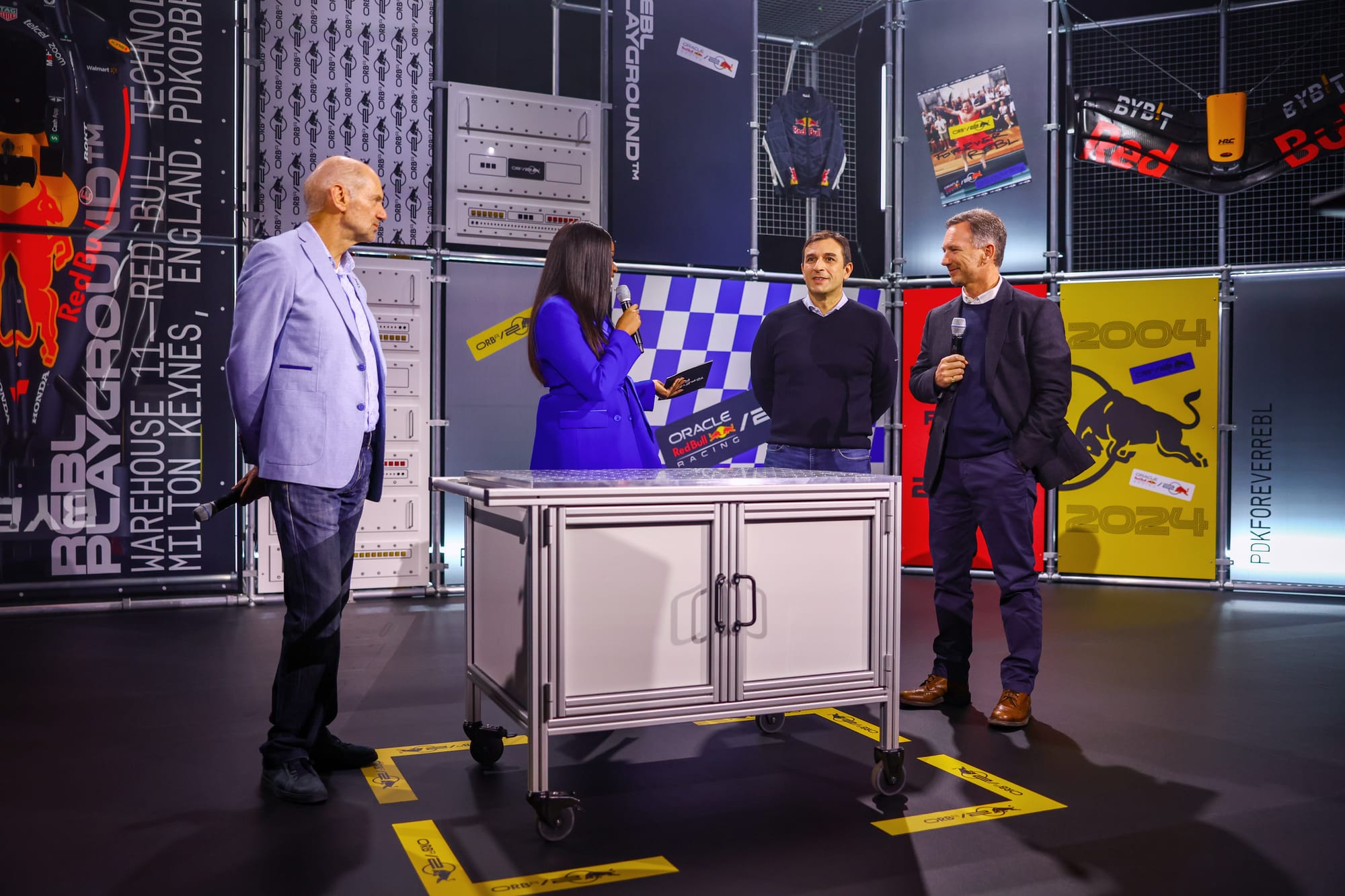
Questions will doubtless continue to be asked about the ongoing investigation into Red Bull team principal Christian Horner.
While Red Bull tried hard to present a business-as-usual image at the car launch, further reports about the nature of the accusations will only heighten the interest.
However, for those in the team tasked with the day-to-day operation of the tests, nothing will change. Internally, as in all the teams, the test programme is akin to a military operation with a series of tasks to be accomplished in a very limited timeframe. None of those working on that programme are impacted in any way.
By hosting the launch of the new car and answering questions - as far as he could with the investigation still ongoing - Horner will have at least sated some of the appetite from the outside world for more information. But that demand is always going to be there until the ramifications are known.
The question is whether it will just be ongoing questions and speculation, or whether something does happen that can’t fail to have an impact on the team.


